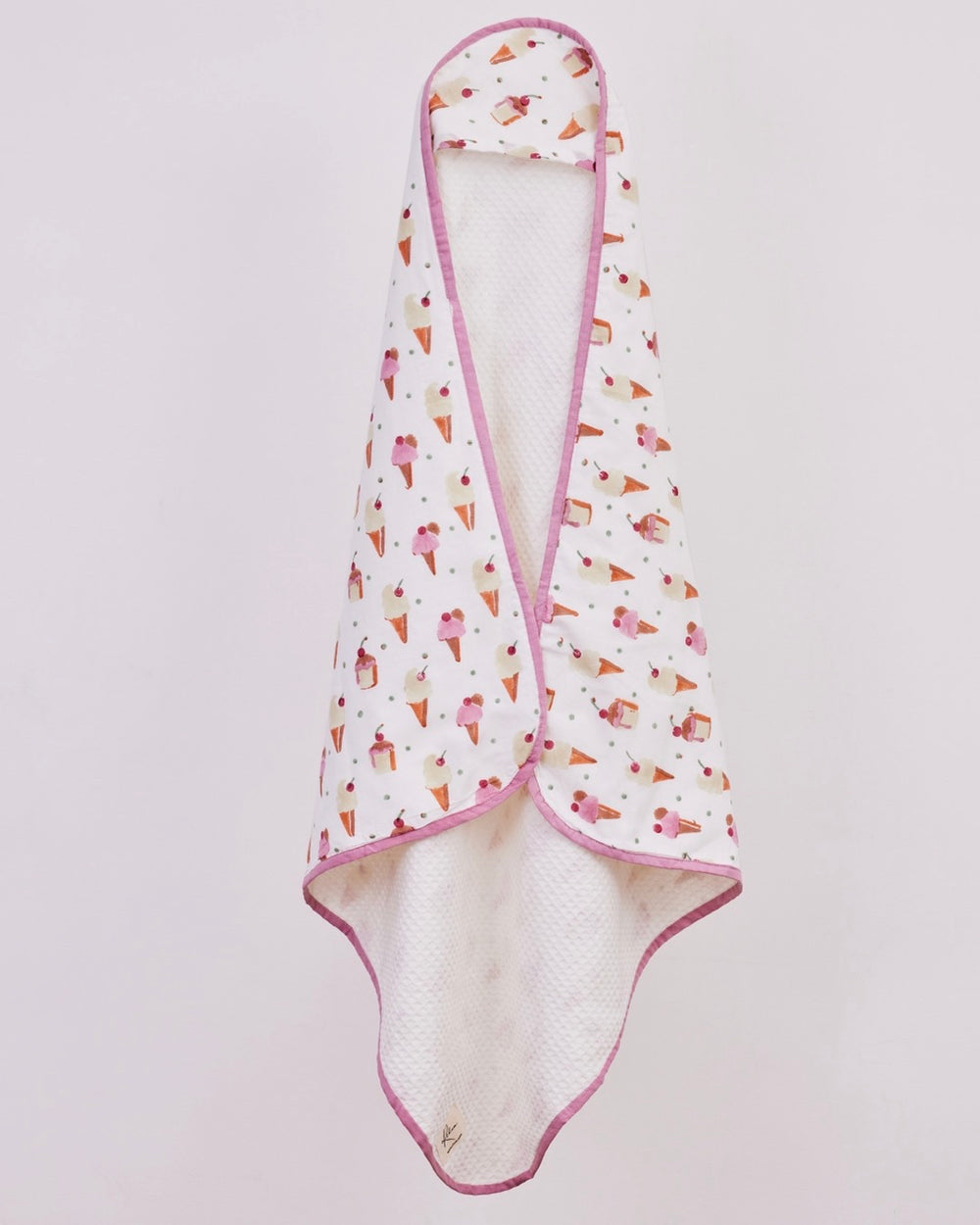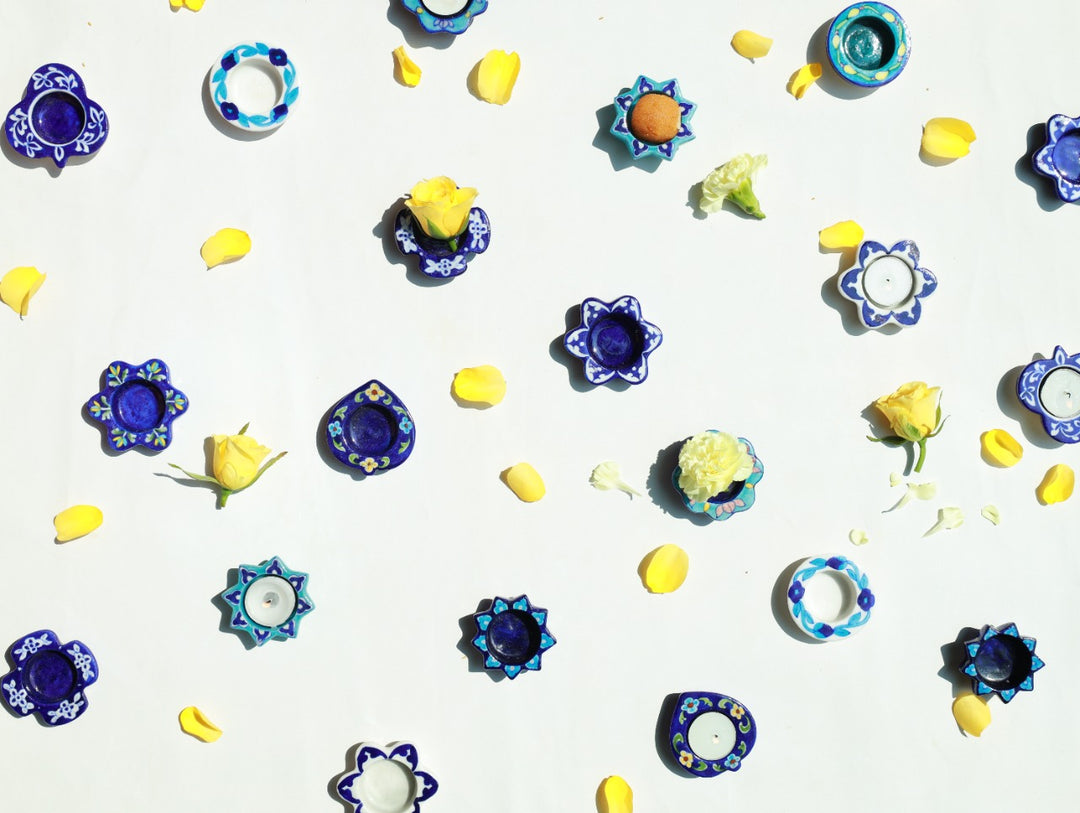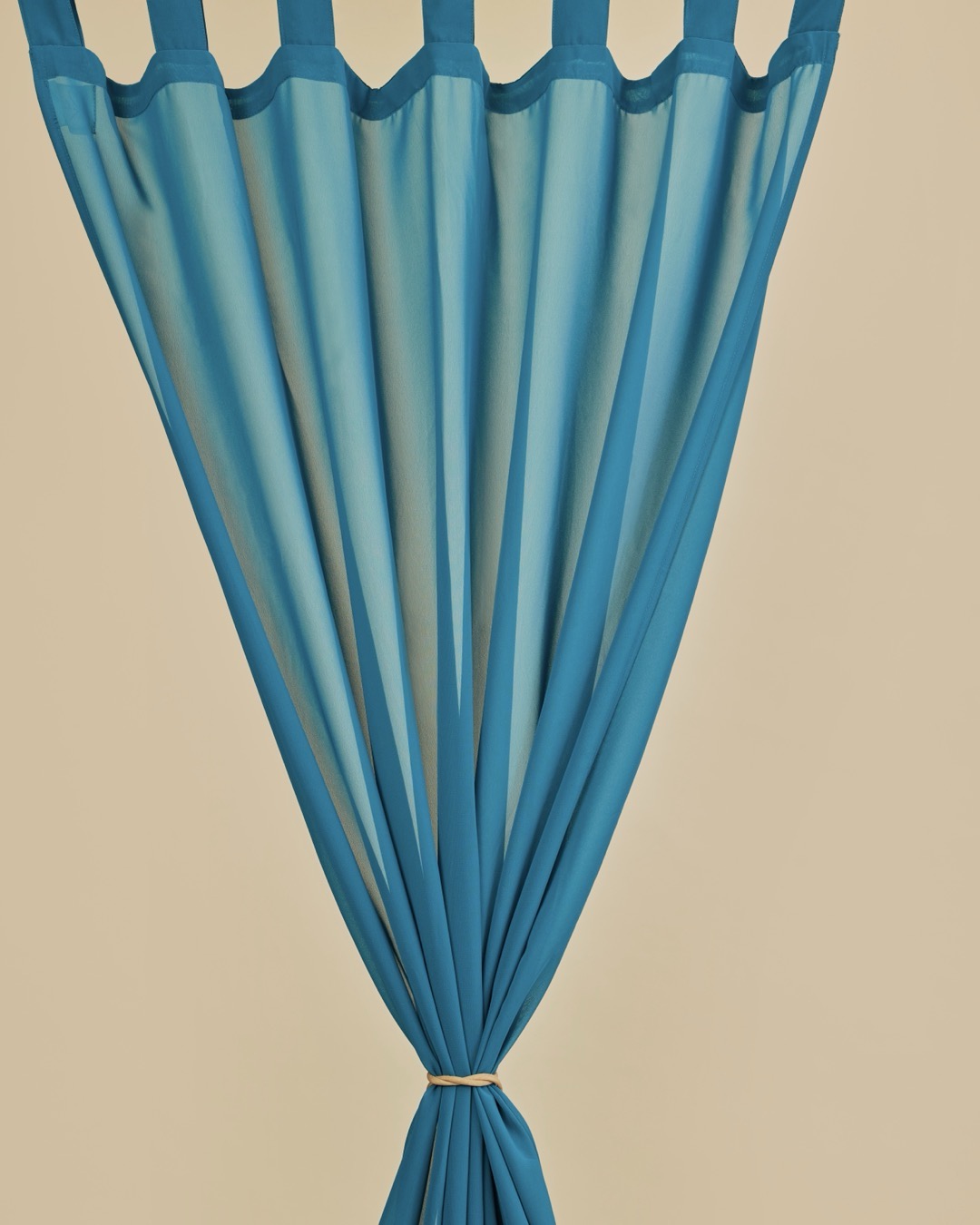The Swallows of Kausani
Anuradha Kumar-Jain
August 7, 2020

Kausani is a small hamlet in the Kumaon Himalayas, situated 52 kms north of Almora, at an altitude of 6200 feet. We have been returning to it again and again for the past two decades, lured each time by its pristine, un-spoilt beauty, by the quaintness of its small bazaar, by the all-enveloping quiet of its mountain roads, by the friendliness of the locals. But most of all, by the swallows.

These are barn swallows, altitudinal migrants, spending their summer in the Himalayas and winter in the plains. They breed from March to July, from the foothills to about 3000 meters, and across a vast stretch of the mountains, share a very remarkable relationship with man. From Kausani, to Chaukori and right up to villages just before the Pindari glacier, and I’m told in much of Pithoragarh, barn swallows build their nests in small kirana stores, and tiny roadside tea shops, often no bigger than shacks. I remember how enchanted I was when I first spotted them in a small kirana shop on the main street of Kausani all those years ago, and the feeling of amazement has stayed with me ever since. I have seen them nest in the same place for the last twenty years, succeeding generations of birds having made friends with the local human population, completely unfazed by the business being transacted right under their wings, flying in and out of the shops at will!

They build their cup shaped nest on the wall, right at the top near the ceiling, or in the small hollow in the center, which is designated for electrical fittings and from which a bulb usually hangs at the end of a short wire. The nest, made of mud pellets mixed with grass stems, is usually semi-circular, although the one hanging from the ceiling, and usually supported by a beam, is perfectly circular.

I have seen a shopkeeper in Kausani reach for a jar of bournvita within touching distance of a bird, and on another occasion, this time in Chaukori, for the very tin of ghee on which the swallow was perched! Displaying remarkable nonchalance, the bird just hopped onto the adjoining tin and continued with its business. In another small shop, also in Chaukori, with barely enough place for the shopkeeper and his young son to move about, I counted seven swallows perched on an electric wire running from a point in the wall to the center of the ceiling, from which a nest was balancing perfectly. Intrigued, I ask the shopkeeper about the number of birds and only one nest! This is nothing, he tells me, we often have twenty- five birds in here, and some of them even help in feeding the fledglings. When it is cold outside, they use it as a community roost, and rarely, if ever, quarrel among themselves. But how do they get out in the morning, I ask him? Surely, he can’t be opening the shop before eight at the earliest. These are clever birds, he answers with a smile, and know of the tiny hole at the top, between the door and the wall, which his father drilled shortly after he started the shop, and the birds became his boarders. After all, he mutters under his breath, you can’t turn away those who come to you for shelter.
And that statement of his, I think, sums up for me this extraordinary phenomena, of the beautiful co-existence between man and nature!!
 Anuradha Kumar-Jain is a freelance writer, amateur astronomer and astrologer. She also holds a PhD in Geography. She loves to embroider and is an avid supporter of Indian textile and crafts.
Anuradha Kumar-Jain is a freelance writer, amateur astronomer and astrologer. She also holds a PhD in Geography. She loves to embroider and is an avid supporter of Indian textile and crafts.
Illustrated by Bahaar Jain












Leave a comment